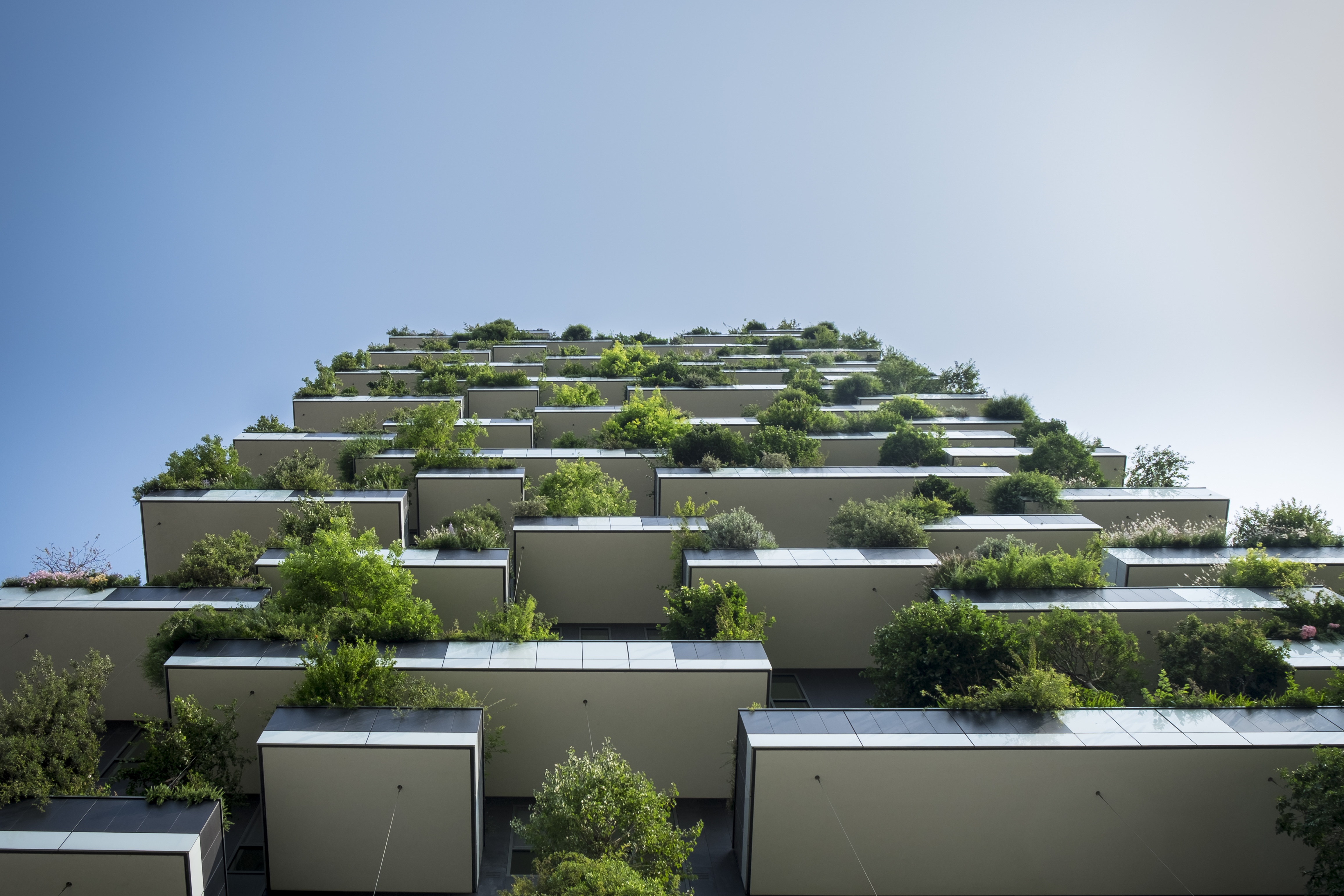Though the administration announced that the United States will withdraw from the landmark Paris Climate Agreement, AIA Virginia recognizes that the creation and operation of the built environment requires an investment of the earth’s resources — and that many planning, design, construction, and real estate practices can contribute to patterns of resource consumption that will inhibit the sustainable future of the Earth. The agreement, signed in late 2015 within the United Nations Framework Convention on Climate Change (UNFCCC), commits the international community to fighting harmful greenhouse gas emissions.
At the June 16, 2017, Board of Director’s meeting, AIA Virginia reaffirmed its support for policies, programs, and incentives that encourage energy conservation in the built environment. “AIA Virginia is committed to advocating for resource-efficient building practices and to fostering a more sustainable built environment by helping architects gain the necessary skills and expertise to design better buildings,” said 2017 AIA Virginia President Bill Brown.
“We’re going to continue our work to raise public awareness about the role that buildings can play in combating climate change because we believe that architects can help their clients and communities build a more sustainable, resilient, and prosperous world,” continued Brown.
To see how you can get involved, click here.

